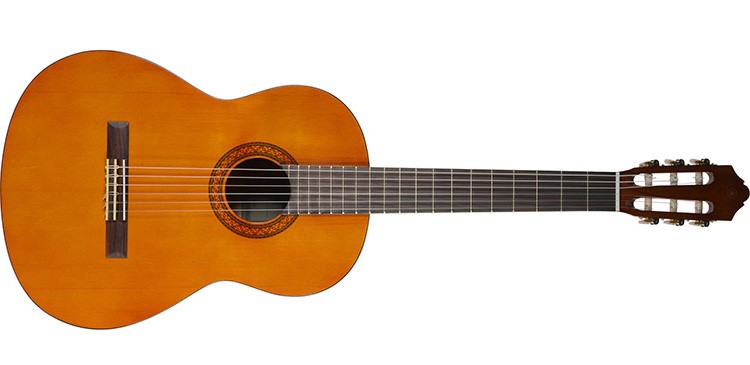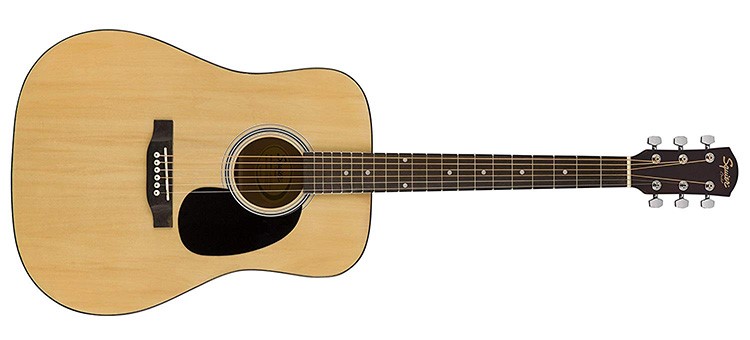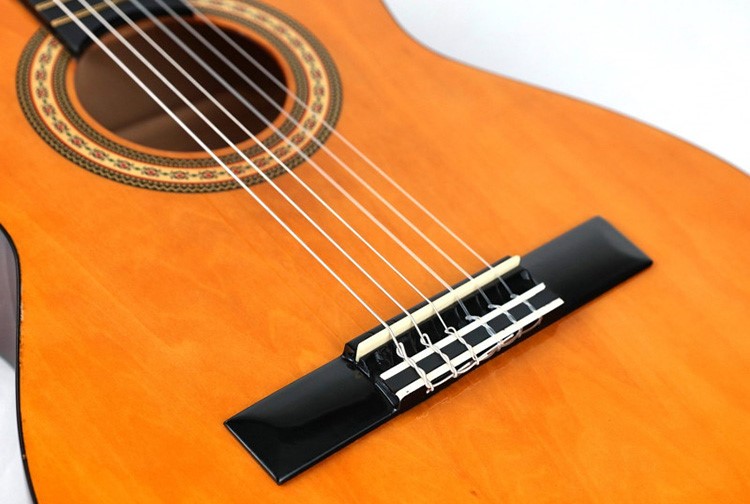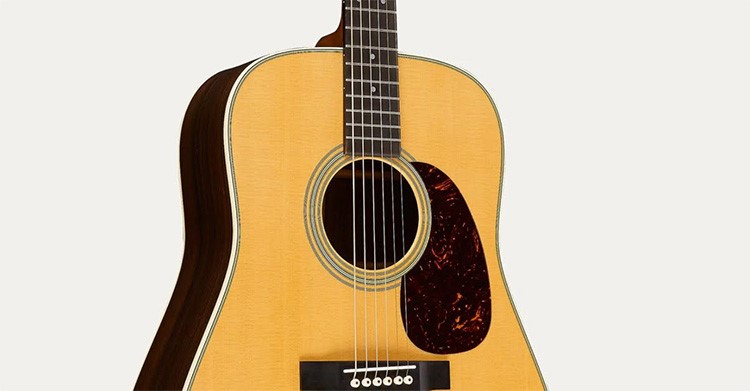Our individualized methods of live training sessions, learning resources, assist the student to equip and enhance violin skills of any age group or any skill level
The Guitar lessons are specially tailored to suit each student of all ages and any skill levels from beginners to advanced, which will help to transform even complete beginners into actual Guitar
Our faculty will listen to every note you play and gives you instant feedback, so you know whether you hit the correct note at the right time.
Bottom Line, you’re going to have an enriching, rewarding, and challenging experience, and you’re going to love it!
Boost your skills with our best methods and become an advanced player the fast and fun way at anywhere, anytime
Acoustic vs. Classical Guitar: What are the major differences?
The ultimate difference between an acoustic and a classical guitar is the strings. Classical guitars use nylon strings as opposed to steel strings on an acoustic guitar. This is where the major differences in sound come from. Nylon strings are a lot thicker and produce a more mellow, softer sound than steel strings.

classical guitars have the traditional Torres body shape. But some of the modern crossovers do use other body shapes.
Conversely, there are acoustic guitars that use the classical body shape
Now, to the untrained eye both of these guitars look very similar, however, they both have distinct differences and similarities, let’s break them down
Classical Vs Acoustic Guitar – The Similarities
There are a few similarities which can be easily identified, those similarities are:
-
Both guitars have six strings and are tuned EADGBE.
-
Both have a sound hole and are completely acoustic.
-
Both have frets.
-
Both guitars have tuning pegs.
-
Both guitars have a round body.
Classical Vs Acoustic Guitar – What Are The Differences?
When discussing classical vs acoustic guitar, the main differences are:
-
The size of the neck.
-
The strings that are used.
-
The types of bridge.
-
The type of tuning pegs and the way that the strings are strung.
Classical Vs Acoustic Guitar – String Type
The main difference that most guitarists will notice immediately is that the material of the strings is completely different on classical vs acoustic guitar.
On a classical guitar, nylon strings are used. Whereas on an acoustic guitar, steel strings are used. Here are some photos for comparison.
On the classical guitar, the strings look a lot clearer, this is due to the nylon material used.
However, on acoustic guitar, the strings are made of steel and as a result of this are gold/silver.
If you want to quickly tell the difference between nylon and steel strings feel them. Nylon strings are softer to touch and feel plastic where as steel strings are metallic and have a lot more tension.
Like any kind of learning, having a routine, focus and consistent effort will see success reached. So here are my top tips to learning online:
Work regularly – Develop a routine, write some set practice times down in a diary or on a chart.
Do not skip –its easy to skip the lessons ahead. But this can result in you missing some important techniques and methods. So follow the lessons in order step by step.
Use the features of the program – Many of the violin lessons feature tools like backing tracks, tuners, metronomes and theory lessons. Use all of them and become an all-round musician not just a player.
Be persistent – No instrument can be mastered in 3 days, just keep going












